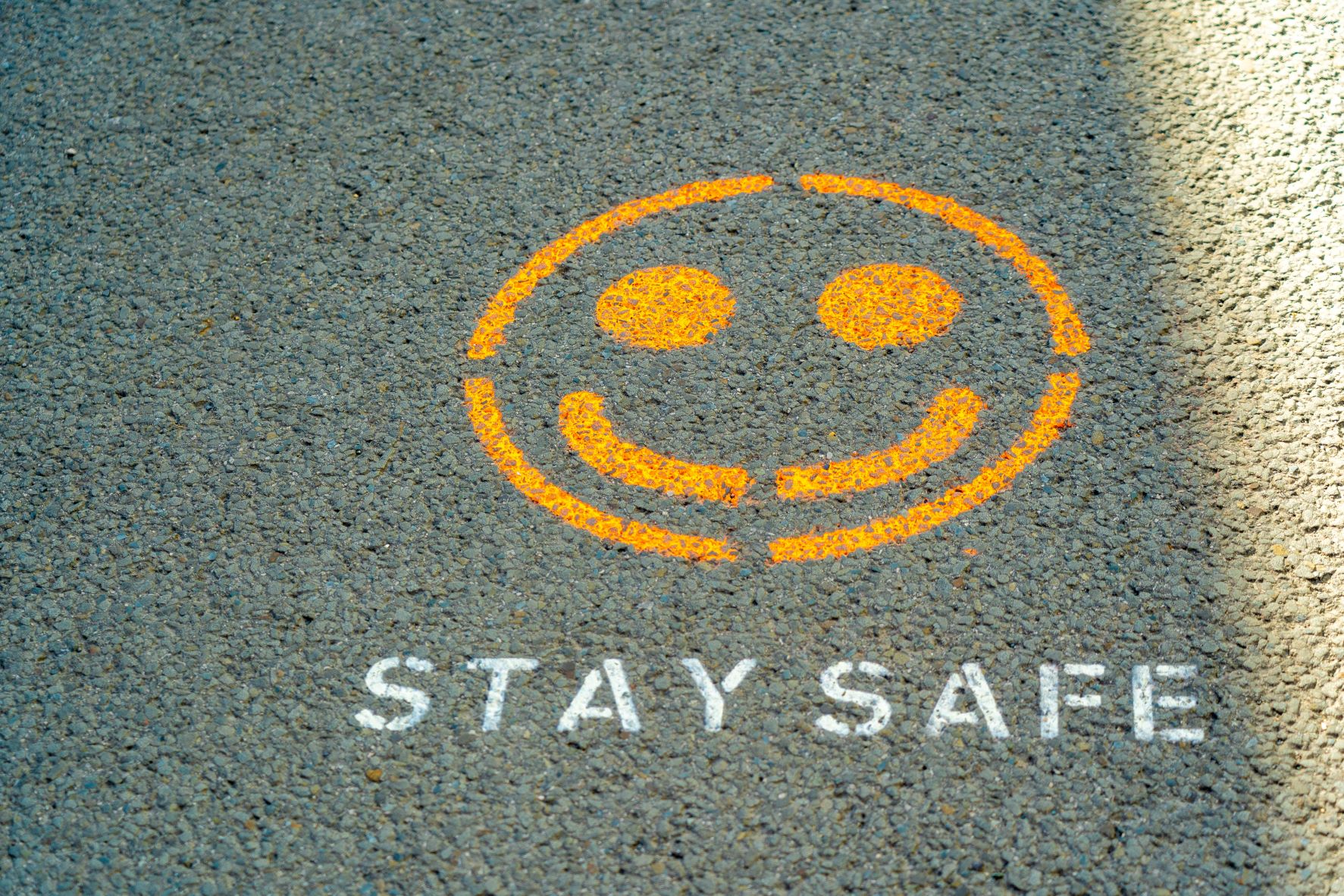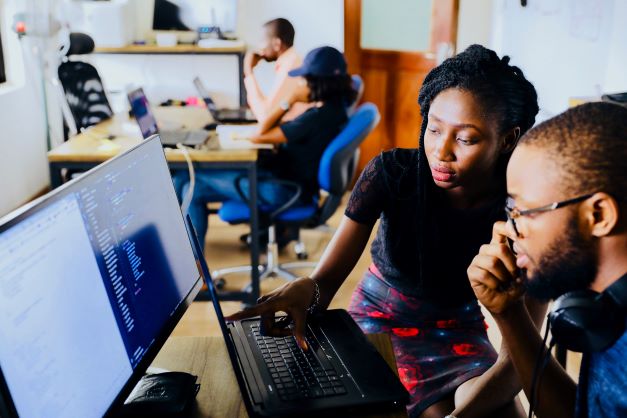4th January 2022
Out with the new and in with the old!

As we start a bright and shiny new year, we usually hope to put all the tribulations of the past year behind us and look excitedly (ok that might be pushing it a little!) to what the new year is going to bring, especially after a year such as 2021. However, we start 2022 with a resurrection of some of the employer COVID support schemes which had previously come to an end in 2021.
The surge in Omicron cases has resulted in record numbers of people contracting COVID-19, with many service sectors, including of course healthcare, but also transport, schools and hospitality in danger of being overwhelmed by absences. This has led to the government introducing new protocols, as well as reinstating old support schemes, to help businesses weather the storm, although as yet, there is still no return of the furlough scheme.
Self-isolation period reduced from 10-7 days
Revised guidance reduces the 10-day self-isolation period for people who have tested positive for COVID-19 to be reduced to 7 days, in most cases.
People who receive negative Lateral Flow test results on day 6 and day 7 of their self-isolation period – with tests taken 24 hours apart – will no longer have to self-isolate for the full 10 days. The first test must be taken no earlier than day 6 of the self-isolation period.
Those who leave self-isolation on or after day 7 are strongly advised to limit close contact with other people in crowded or poorly ventilated spaces, work from home and minimise contact with anyone who is at higher risk of severe illness if infected with COVID- 19.
There is no change to the guidance for unvaccinated contacts of positive COVID-19 cases, who are still required to self-isolate for 10 full days after their date of exposure to the virus.
Temporary changes to the SSP rules
There is a temporary change to the length of time an employee can self-certify for SSP.
In order to free up GP’s time during the intensive vaccination booster campaign, from 17 December until 26 January, employees can self-certify sickness absence for up to 28 days. This includes workers whose spell of incapacity for work commenced before 17 December, or any spell that begins within this period.
In practice, this means if an employee has gone off sick on or after 10 December 2021, up to and including 26 January 2022, you cannot ask them for proof of sickness until they have been off for 28 days or more.
Return to working from home
On 8 December the government invoked Plan B, asking those who can to work from home from Monday 13 December. And whilst Plan B applies to England only, all four UK nations have issued similar requests. But Wales has gone a step further making it a legal requirement to work from home unless there is a reasonable excuse not to, with employees who go into work when they could work from home at risk of a £60 fine, while their employers could be hit with a £1,000 penalty if they break the rule.
Return of the SSP rebate scheme
From mid January (although the exact date has not yet been announced) employers with fewer than 250 employees, who have paid SSP to their employees for absences linked to coronavirus-related sickness or self-isolation, could be eligible for support.
They will receive repayments at the relevant standard rate of SSP that they paid to their current or former employees for any eligible periods of sickness starting on or after 21 December 2021.
Employers will be able to make claims retrospectively from mid January for up to two weeks of SSP for an employee who takes time off because of COVID-19, regardless of whether they claimed for that employee under the previous SSP rebate scheme. Full guidance, including eligibility and how to make a claim, will be published on GOV.UK in due course.
It remains to be seen whether these measures will be enough, or whether the Coronavirus Job Retention Scheme, or furlough to you and I, will also make a reappearance, but rest assured I will let you know of any future developments.
Photo by Nick Fewings on Unsplash




